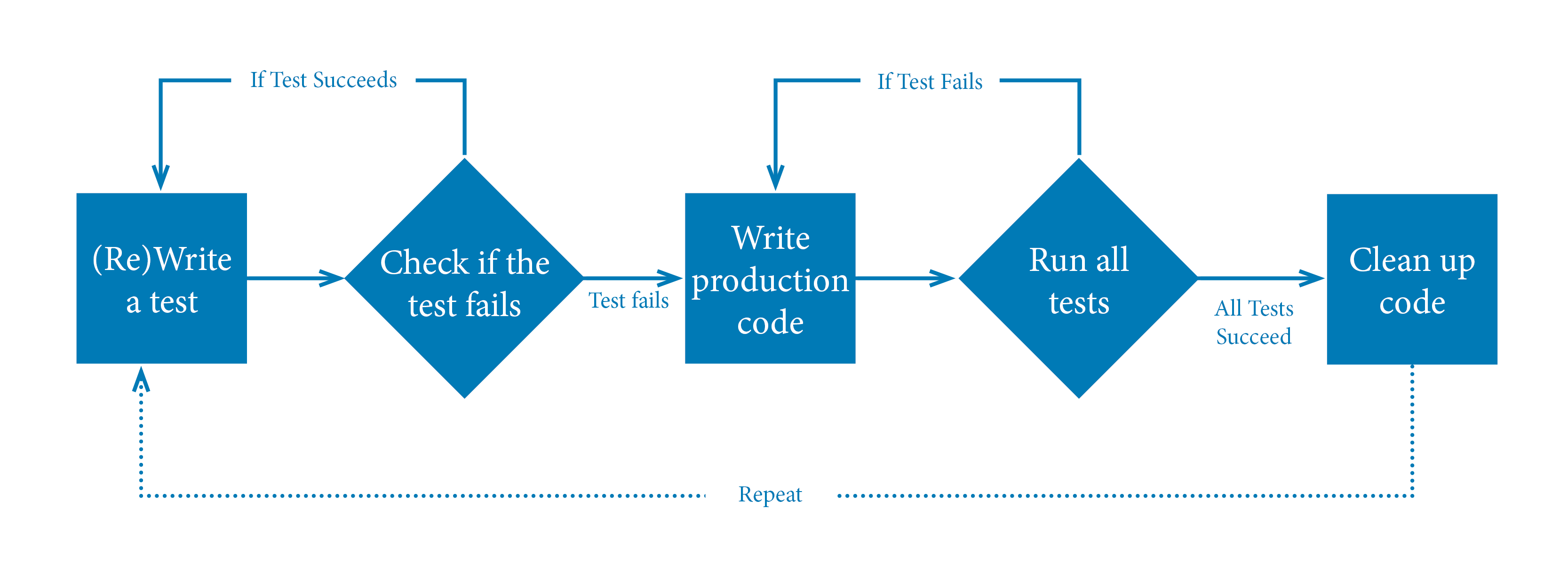Blog
4 reasons you need Test-driven development
Test-driven development (TDD) is one of the most popular software testing techniques that provides a good measure to check if the code behaves as expected without having to execute it. This method encourages good practices like keeping everything neat and orderly, ensuring that all parts of your program code are working together correctly, and keeping your quality control high while you develop.
Programmers can use these tests to find defects in their code during continuous integration. The use of these unit tests ensures that developers do not forget any part of their code and that their logic works as expected. It is used to make code more reliable, readable and collaborative. It also improves the design of code and reduces the time for debugging. Reducing the time to market means developers can build and release new features quicker than ever before.
In this blog, we will take you through why we need test-driven development, what it is , how it works, and the benefits of TDD.
Why We Need Test-Driven Development?
When we are writing code, we are thinking about a certain functionality. We write code to solve a problem. However, there will always be other problems that we fail to identify. These failures can lead to a lot of bugs and issues. Most developers write test cases after they have written code. However, this approach has a lot of issues.
1. TDD is a Collaborative Process
2. TDD Improves Design and Code Quality
3. TDD Reduces Debugging Time
4. TDD Makes Code More Maintainable

How TDD Work?
In test-driven development, the tests are written before the code. This is because of the following reasons. Firstly, it is easier to write tests before the code. This is because we have to write code only after our tests fail. Secondly, we can identify any kind of design or code issues at the beginning itself. This is because we will be writing code based on our tests. Hence, we will know if there are any issues with our design or the code. Thirdly, it is easier to refactor the code when we have tests. This is because we can easily re-factor the tests and then re-factor the code based on those tests.
Benefits of Test-Driven Development
- In test-driven development, everyone can contribute to the tests. This makes it easier for the team members to collaborate and understand each other’s work.
- When we code based on our test cases, we are forced to write better code. This is because we want the tests to pass.
- When we write tests before code, we know if there are any issues with our design and code. Hence, we can easily fix those issues.
- When we code based on our tests, we are forced to make our code more maintainable. This is because we cannot write code unless the tests pass.
There is so much more to say about TDD, but for now, that’s it. That’s what Test Driven Development is all about. We hope we have managed to provide you with enough information about test-driven development. Now that you know why you need to use it and how it works, you can start using it to create better code.
